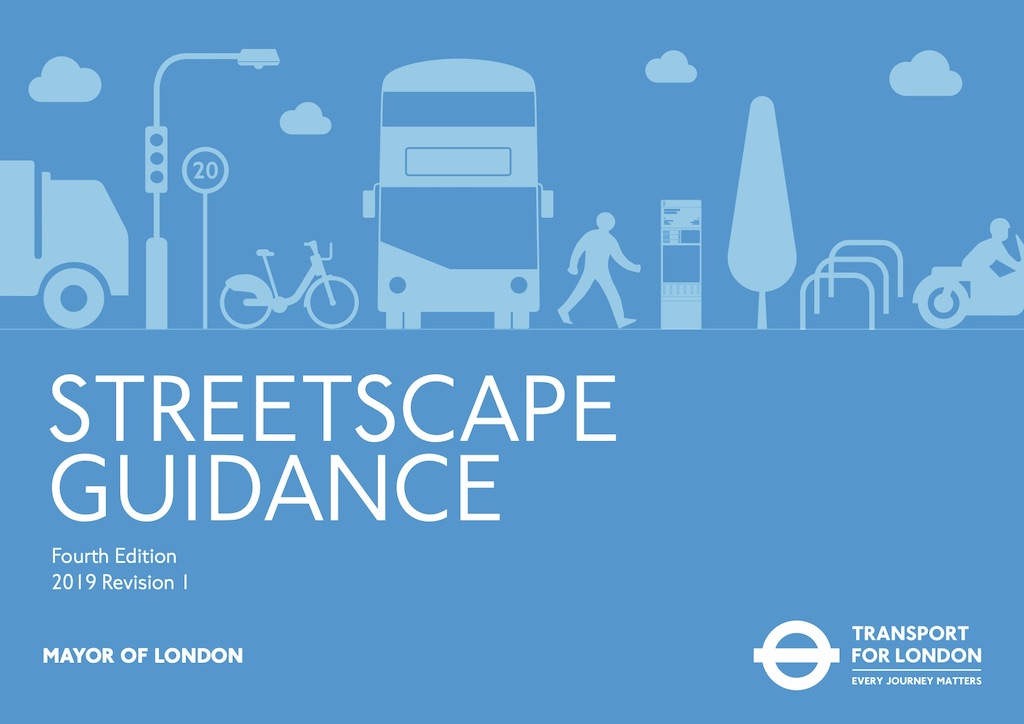Trials are a form of community engagement
Trials are an inclusive form of community engagement, where residents, ratepayers and visitors of all ages and abilities can experience a proposed change in real life before giving feedback, instead of puzzling over documents or design drawings.
Need for trials
Yarra is facing several crisis which need much faster responses than council is typically able to deliver, including:
- COVID-19 crisis, which is reducing the number of people using public transport and increasing the number of people walking and cycling
- Climate crisis, which demands near total elimination of carbon emissions
- Congestion crisis, i.e. many streets in Yarra (pre COVID) were already at capacity, and many more are forecast to exceed their capacity before 2030, leading to severe congestion and gridlock
Instead of conducting 1or 2 trials per year, we need to conduct 10 or 20 trials per year.
Benefits of trials
Trials offer multiple benefits, including acting as a paradigm shift for community engagement – an inclusive, high-speed and low-cost method of enabling residents to experience what’s possible, and then to fine tune the design. Benefits include:
- Clarity: it’s much easier to understand the proposal when you can directly experience it
- Inclusivity: trials can be experienced by people of all ages and abilities, including children, making it much easier to obtain a wide range of feedback
- Lower cost: trials are often lower cost than extensive, multi-year consultations, as occurred prior to the construction of the protected bicycle lanes on Wellington Street in Collingwood
- Higher speed: trials offer a way for Councils to respond quickly to adopted policies, to be nimble in implementation, and to be agile in adjusting or iterating the design
- Community support: trials have been demonstrated to flip community opposition to community support, once people have had a chance to experience the new design:
Residents who opposed the works initially are now supportive because the quieter streets are much more family-friendly.
WA DoT Cycling Guidance Section 8.1

Based on tactical urbanism
Trials on streets typically use principles of tactical urbanism, which refers to low-cost, temporary interventions that improve local neighbourhoods:

Support from State Government
Pilots and trials are supported by state government policies such as Plan Melbourne. A pilot tests the concept, while trials occur in larger numbers in more areas.

Trials are supported by the Department of Transport, including for protected bicycle lanes, road closures, and reallocation of road space. Further guidance will be available in upcoming guides regarding the design of urban streets and conducting pilots and trials.
To determine the most suitable type of infrastructure for each particular strategic cycling corridor such as a cycleway, cycle path, shared street or a combination of these types, we will consider the users, level of traffic stress, land use, road environment, network hierarchy, natural environment and heritage factors. User-centred pilot trials (such as using inexpensive, temporary materials for buffers) are a good way to test and validate proposed design solutions, introduce the public to new road conditions and gather evidence about the preferences of people who cycle for transport.
Victorian Cycling Strategy 2018-2028


Support from VicHealth
Health promotion agency VicHealth is applauding Victorian councils for creating pop-up cycle lanes and footpaths, so locals can easily travel by bike or foot when coronavirus restrictions ease.
VicHealth

Support from Transport for London
The Streetscape Guidance reference from Transport for London supports trials:
Best practice is an evolving concept and relies on continuous learning, research and trials. To maintain London’s world-class streets and places, the barriers that prevent the uptake of new and innovative ideas need to be overcome.
–
Achieving the vision for London’s streets requires a willingness to adopt a wider range of measures to address the emerging needs and functions of streets and places. This can be realised through trials and tests at small cost and scale to provide an evidence base from which to make permanent and positive change.
Streetscape Guidance from Transport for London

Process
The City of Yarra uses a process which is guided by extensive prior community engagement. For example, council has consulted extensively to develop the Council Plan, the Liveable Yarra report (to guide the re-write of the planning scheme), the Safe Travel Strategy, Bicycle Strategy and Walking Strategy. These adopted plans and policies guide the selection and design of specific trials.
During trials, council engages in an “iterative trial” process, whereby they receive feedback from the community and make adjustments to the design. Finally, at the completion of the trial, another round of community engagement is conducted to guide the assessment and recommendation of whether or not to make the trial permanent.
Process improvements
Improvements are possible for most processes – one option is to introduce a “Your Say Yarra” smartphone app, with verified accounts for everyone on Yarra’s electoral roll. This would enable high-speed low-cost consultation to occur prior to each trial being implemented. Even so, as described above, trials have been demonstrated to flip community opposition to community support, because people are better able to experience and then understand the proposal.

Trials in Yarra
The City of Yarra has conducted or is conducting several trials, including:
- Separate bins for glass and green waste
- 30 km/h zones in neighbourhoods
- Parklets outside several cafés
- Protected bicycle lanes on Elizabeth Street
- Contra-flow bicycle lanes on Park Street
Learn more on these pages:
How you can help
You can help by appearing on the Streets Alive Yarra website as a champion for your local street, neighbourhood, or school.

